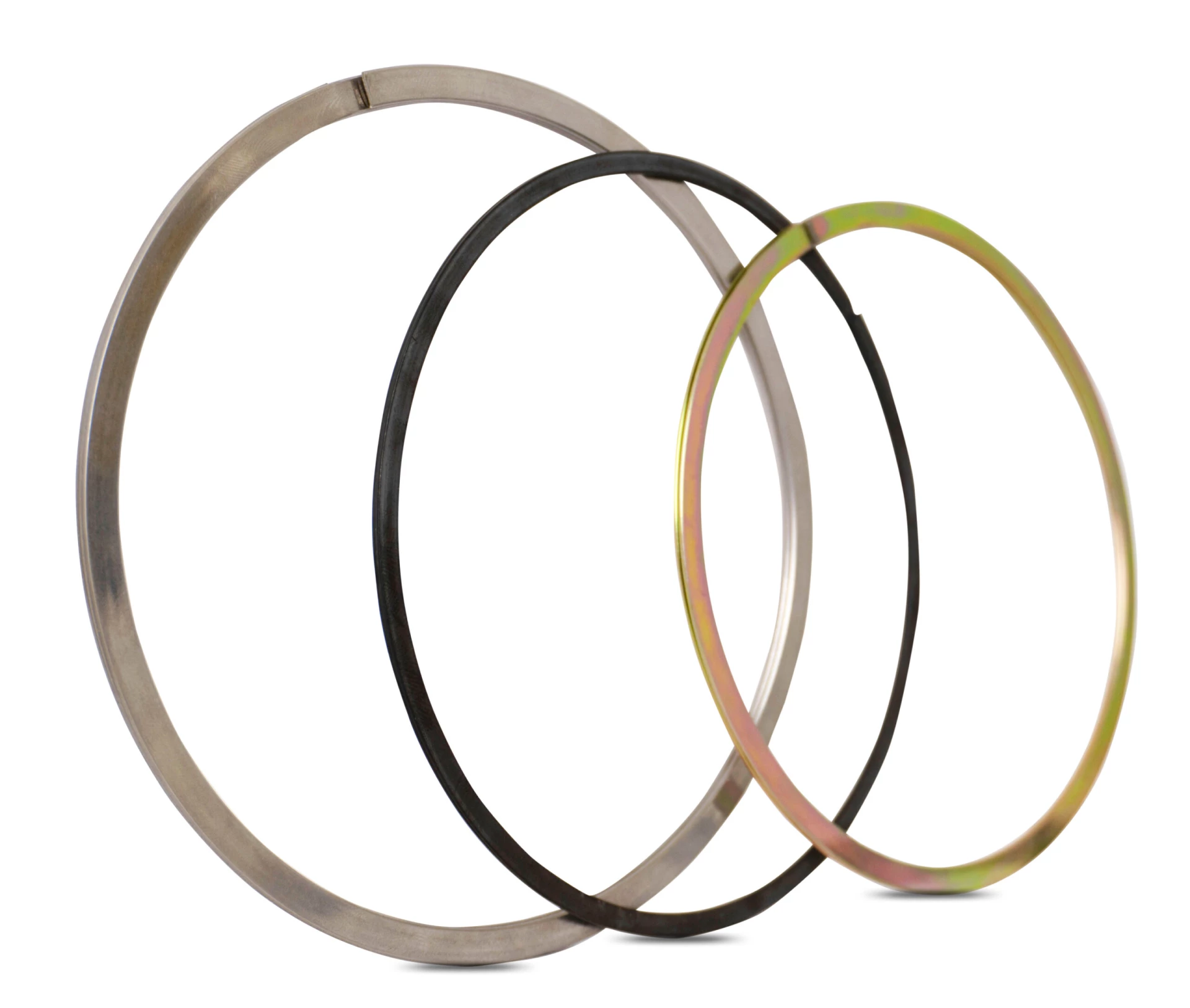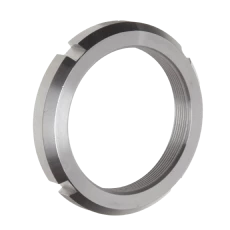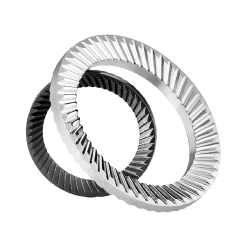RBC Thin Section Ball Bearings
Capacity & Fatigue Life of Ball Bearings
RBC thin section ball bearings are engineered to solve a variety of design problems that cannot be solved with conventional ball bearings.
General Information
CAPACITY & FATIGUE LIFE OF BALL BEARINGS
The BASIC DYNAMIC RADIAL LOAD RATING, C, or “dynamic capacity”, for a ball bearing is that calculated, constant radial load at which 90% of a group of apparently identical bearings with stationary outer rings can statistically endure 106 revolutions of the inner ring. ANSI/ABMA Standard 9 with correction factors for race curvatures was used to calculate the catalog ratings.
The DYNAMIC THRUST and DYNAMIC MOMENT LOAD RATINGS are also shown in the product tables. The ratings shown are a guide for the maximum loads under which these bearings should be operated with either pure thrust or pure moment loading. Thrust ratings are 2.5 to 3.0 times the radial ratings depending on the bearing type and cross section. These load ratings are not additive. For combined radial and thrust loads, an equivalent radial load is to be calculated.
The BASIC STATIC LOAD RATING, Co, or “static capacity”, is that uniformly distributed load, which produces a maximum theoretical contact stress of 609,000 psi. At this contact stress permanent deformation of ball and raceway occurs. This deformation is approximately .0001% of the ball diameter.
The RATING LIFE, L10, is a statistical measure of the life which 90% of a large group of apparently identical ball bearings will achieve or exceed. For a single bearing, L10 also refers to the life associated with 90% reliability. Median Life, L50, is the life which 50% of the group of ball bearings will achieve or exceed. Median life is approximately five times the rating life.
The relationship between rating life, load rating, and load is:
L10 = (C/P)3 with L10 = rating life (106 rev)
C = basic dynamic radial load rating (lbf)
P = equivalent radial load (lbf)
To obtain the rating life in hours, use:
L10 hrs = 16667/n * (C/P)3 with n = speed (rpm)
The Equivalent Radial Load is defined as:
P = XFr + YFa with Fr = radial load (lbf)
Fa = axial load (lbf)
X = see below
Y -=see below
Radial Contact Bearing Calculations
For radial contact bearings calculate P with X = 1 and Y = 0. Then recalculate P with X = 0/56 and Y = (see chart below). Use the larger value of P to determine L10 life.
n = number of balls
d = diameter of balls (in.)
Fa | Y |
| 25 | 2.30 |
| 50 | 1.99 |
| 100 | 1.71 |
| 150 | 1.55 |
| 200 | 1.45 |
| 300 | 1.31 |
| 500 | 1.15 |
| 750 | 1.04 |
| 1000 | 1.00 |
Angular or 4-Point Contact Bearing Calculations
For angular contact and 4-point contact bearings calculate P with X = 1.0 and Y = 0. Then recalculate P with X = 0.39 and Y = 0.76. Use the larger value of P to determine L10 life.
The equations are valid in the range of approximately 100 hrs to 100,000 hrs of life. Extreme loads or speeds may result in a shorter life; while in less demanding applications, metal fatigue may never affect bearing service life.






































